Chicken with Herbes de Provence: A Global Spice Tradition Worth Savoring
If you’ve ever wondered why French cuisine gets all the credit for making herbs smell like magic and taste like heaven, let me introduce you to Herbes de Provence. And no, it’s not some fancy spa treatment — it’s a spice blend that can turn even the humble chicken into a culinary masterpiece. In this article, we’re diving deep into how to nail the perfect Chicken with Herbes de Provence recipe, spiced up with a few pro tips, historical tidbits, and yes, a little sass along the way.
Table of Contents
- What Is Herbes de Provence Anyway?
- The Ultimate Chicken with Herbes de Provence Recipe
- Spice It Up: Pro Tips & Tricks
- Global Twist: Regional Variations You Need to Try
- Pairing Perfection: What to Serve With This Dish
- Storing & Reheating Like a Champ
- FAQs: Your Herbes-Related Questions Answered
- Summary: Spice, Simplicity, and Sensational Chicken

What Is Herbes de Provence Anyway?
If you’ve never met Herbes de Provence before, allow me to make introductions. This iconic French spice blend hails from the sun-soaked region of Provence in southern France. It’s less of a blend and more of a spice gang made up of thyme, rosemary, savory, oregano, marjoram, and sometimes lavender (yes, really). Originally created as a way to preserve the essence of summer in dried form, Herbes de Provence is now a global kitchen staple that brings a rustic, earthy flavor to any dish — especially chicken.
| Traditional Herb | Flavor Profile | Role in the Blend |
|---|---|---|
| Thyme | Earthy, minty | Anchor of the flavor |
| Rosemary | Piney, bold | Adds depth and aroma |
| Marjoram | Sweet, citrusy | Softens the mix |
| Oregano | Robust, peppery | Brings warmth |
| Lavender | Floral, slightly bitter | Optional but signature touch |
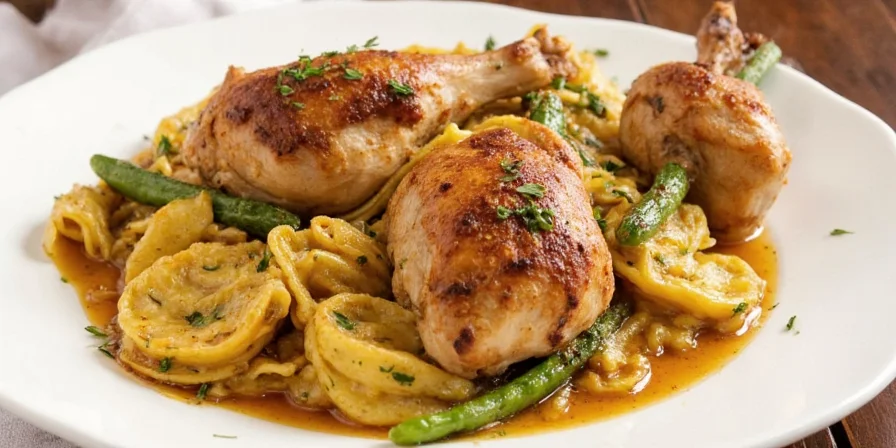
The Ultimate Chicken with Herbes de Provence Recipe
Alright, enough chit-chat. Let’s get cooking! Here’s the tried-and-true recipe that will have your kitchen smelling like a Mediterranean dream and your taste buds doing cartwheels.
Ingredients:
- 4 bone-in, skin-on chicken thighs or breasts
- 2 tbsp Herbes de Provence
- 2 tbsp olive oil
- 1 lemon (juiced and zested)
- 4 garlic cloves (minced)
- Salt and pepper to taste
- Chopped fresh parsley (optional, for garnish)
Instructions:
- Preheat oven to 375°F (190°C).
- In a small bowl, mix Herbes de Provence, olive oil, lemon zest, garlic, salt, and pepper.
- Pat the chicken dry and rub the herb mixture under and over the skin.
- Place chicken on a baking sheet or roasting pan.
- Bake for 35–40 minutes or until internal temperature reaches 165°F (74°C).
- Garnish with lemon slices and fresh parsley before serving.
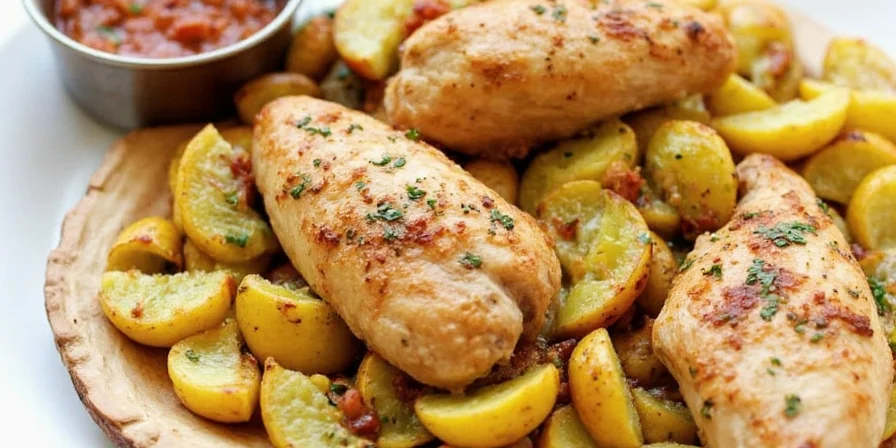
Spice It Up: Pro Tips & Tricks
Cooking isn’t just about following recipes — it’s about personalizing them and making them yours. Here are some insider moves to elevate your Chicken with Herbes de Provence game:
- Go fresh or go home: If possible, use fresh herbs instead of dried. The flavor difference is night and day!
- Let it rest: Allow the chicken to sit for 5–10 minutes after roasting to lock in those juices.
- Don’t skip the skin: Leave the skin on during roasting for maximum crispiness and flavor absorption.
- Milk it: For an unexpected twist, add a splash of heavy cream or coconut milk while roasting for a richer sauce.
- Double down: Rub extra herbs under the skin and sprinkle some on top for double impact.
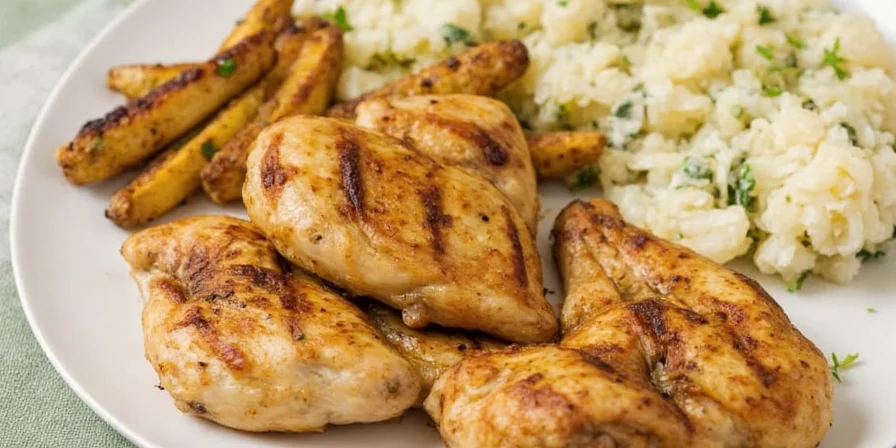
Global Twist: Regional Variations You Need to Try
While Chicken with Herbes de Provence is quintessentially French, many cultures have borrowed its essence and added their own flair. Here are a few international spins that’ll make your taste buds globetrot without leaving the dining table:
- Italian Style: Add balsamic vinegar and Parmesan cheese to the rub for a tangy upgrade.
- Moroccan Makeover: Mix ras el hanout with the Herbes de Provence for a North African kick.
- Asian Fusion: Swap olive oil for sesame oil and add soy sauce and ginger for an East-meets-West explosion.
- Mexican Magic: Combine with chili powder and cumin for a spicy southwest twist.
- Indian Infusion: Stir in garam masala and a pinch of turmeric for a golden glow and complex layers of flavor.
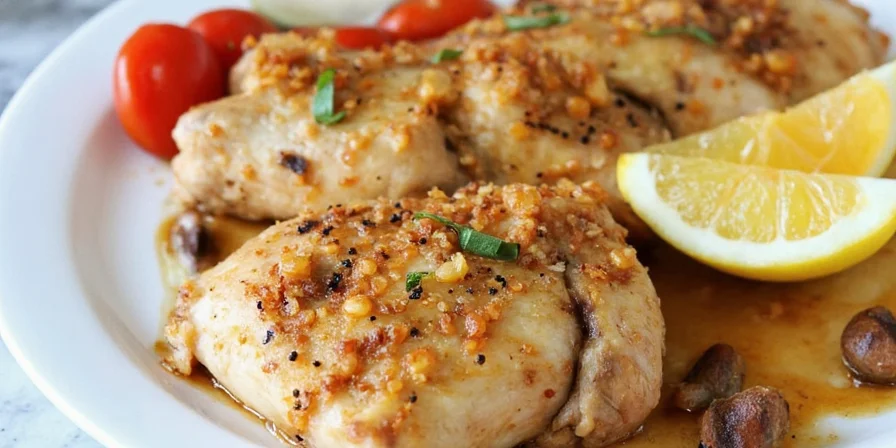
Pairing Perfection: What to Serve With This Dish
Chicken with Herbes de Provence is a flavor powerhouse, so pairing it with the right sides is key to balancing the meal. Here are some classic and creative combos to try:
- Roasted Vegetables: Zucchini, bell peppers, eggplant, and cherry tomatoes roasted with olive oil and a sprinkle of the same herbs make for a colorful, flavorful side.
- Potato Dauphinoise: Creamy, cheesy potatoes baked to perfection? Yes please.
- Herbed Couscous: Light and fluffy, this absorbs the flavors beautifully and keeps things interesting.
- Crusty Bread: Don’t let those pan drippings go to waste! Mop it up with some good ol’ French bread.
- A Dry Rosé or Chardonnay: A wine pairing that sings harmony with herbs and poultry.
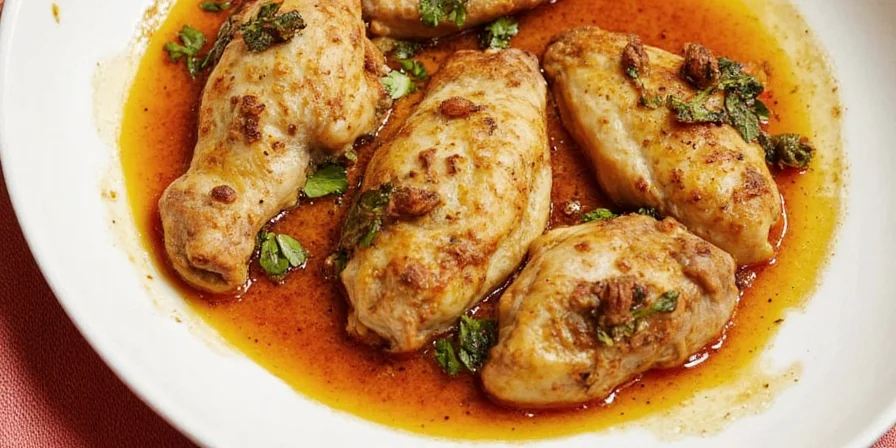
Storing & Reheating Like a Champ
Leftovers are inevitable because let’s be real — this dish is too good not to make in batches. But storing and reheating properly is crucial to keeping the flavor alive. Here’s how to do it right:
- Storage: Store leftovers in an airtight container in the fridge for up to 4 days.
- Reheating: Use the oven or toaster oven instead of the microwave to keep the skin crispy and the meat moist.
- Freezing: Wrap individual portions tightly in foil and freeze for up to 3 months. Thaw in the fridge overnight before reheating.
- Upcycle: Shred leftover chicken and toss with pasta, pesto, or salad greens for a brand-new meal.
- Save the bones: Boil them with veggies and herbs to make a rich, homemade broth.
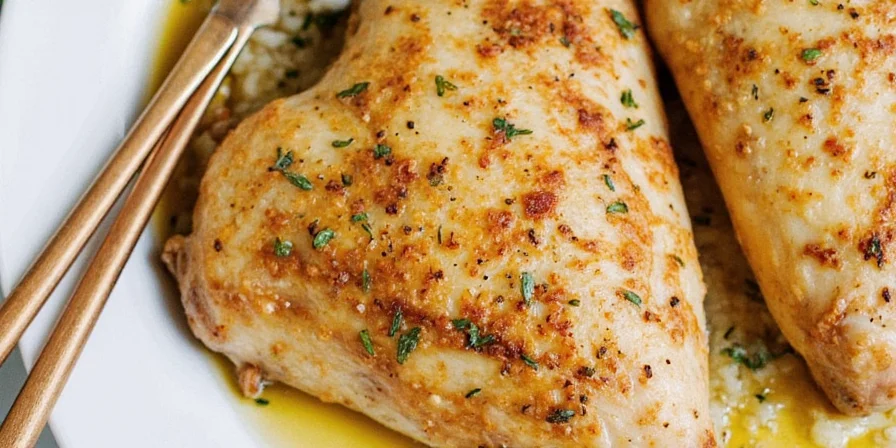
FAQs: Your Herbes-Related Questions Answered
Got questions? I got answers. Let’s dive into some of the most common ones people ask about Chicken with Herbes de Provence.
Can I use dried herbs instead of fresh?
Yes, but remember that dried herbs are more potent, so use about half the amount of fresh. Also, rubbing them under the skin helps infuse flavor deeper.
What if I don’t like lavender in my spice blend?
No judgment here — lavender can be polarizing. Simply omit it or replace it with a bit more marjoram or thyme for balance.
Is there a vegetarian version of this dish?
You bet! Tofu, cauliflower steaks, or portobello mushrooms grilled with the same herb mix make amazing meatless alternatives.
Can I grill the chicken instead of roasting it?
Grilling adds a smoky char that pairs beautifully with the herbs. Just be careful not to overdo it — keep the heat moderate and watch for flare-ups.
How long should I marinate the chicken?
If you’re short on time, even 30 minutes helps. But for best results, marinate overnight in the fridge for deeper penetration of flavors.
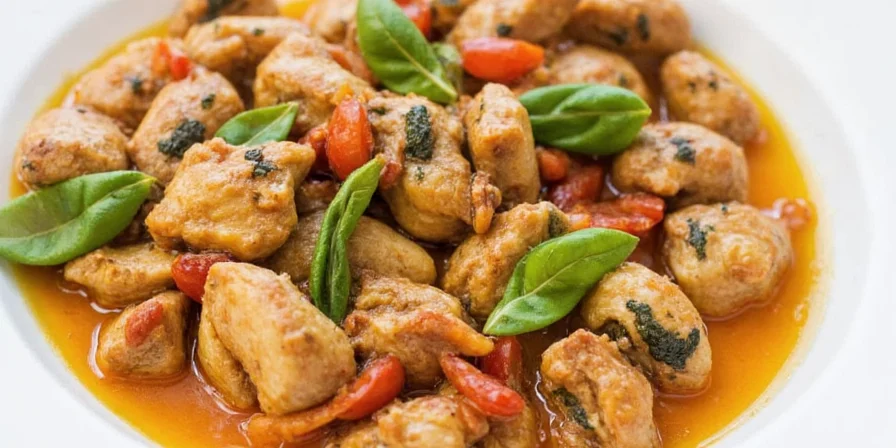
Summary: Spice, Simplicity, and Sensational Chicken
There you have it — your ultimate guide to mastering Chicken with Herbes de Provence like a pro (and having fun while doing it). Whether you stick to the classic French version or experiment with global twists, one thing’s for sure: this dish proves that sometimes the simplest ingredients pack the biggest punch.
So next time you're staring at a pile of chicken and wondering what to spice things up, reach for that jar of Herbes de Provence. Your taste buds — and maybe even your guests — will thank you. Bon appétit... and bon courage!

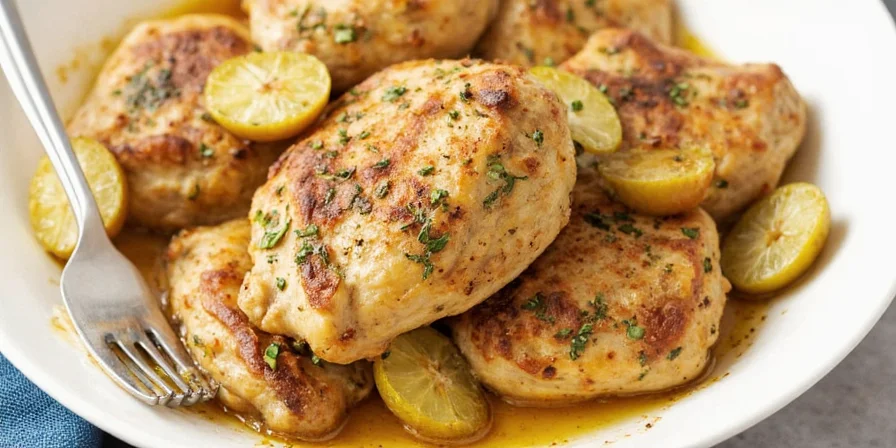









 浙公网安备
33010002000092号
浙公网安备
33010002000092号 浙B2-20120091-4
浙B2-20120091-4